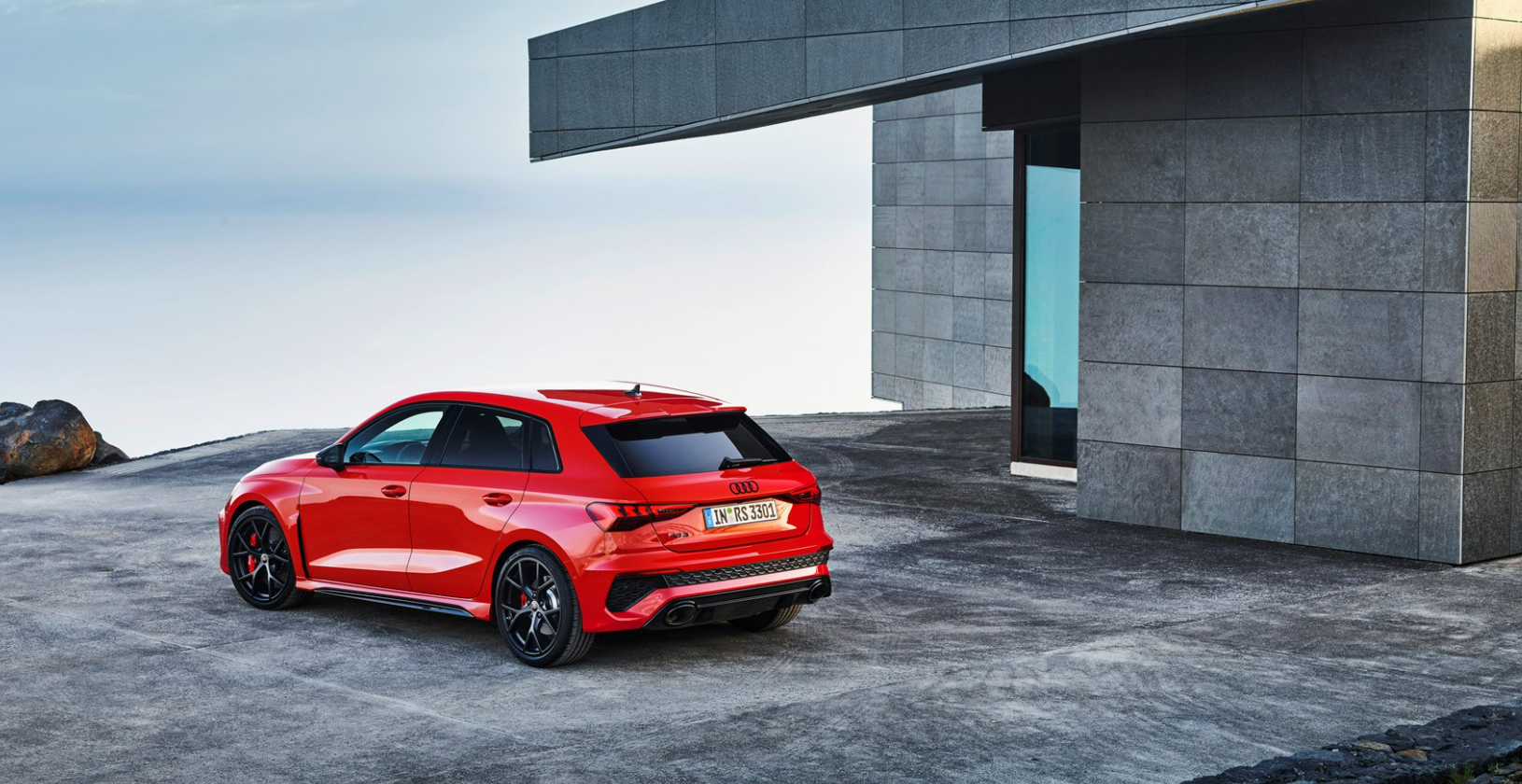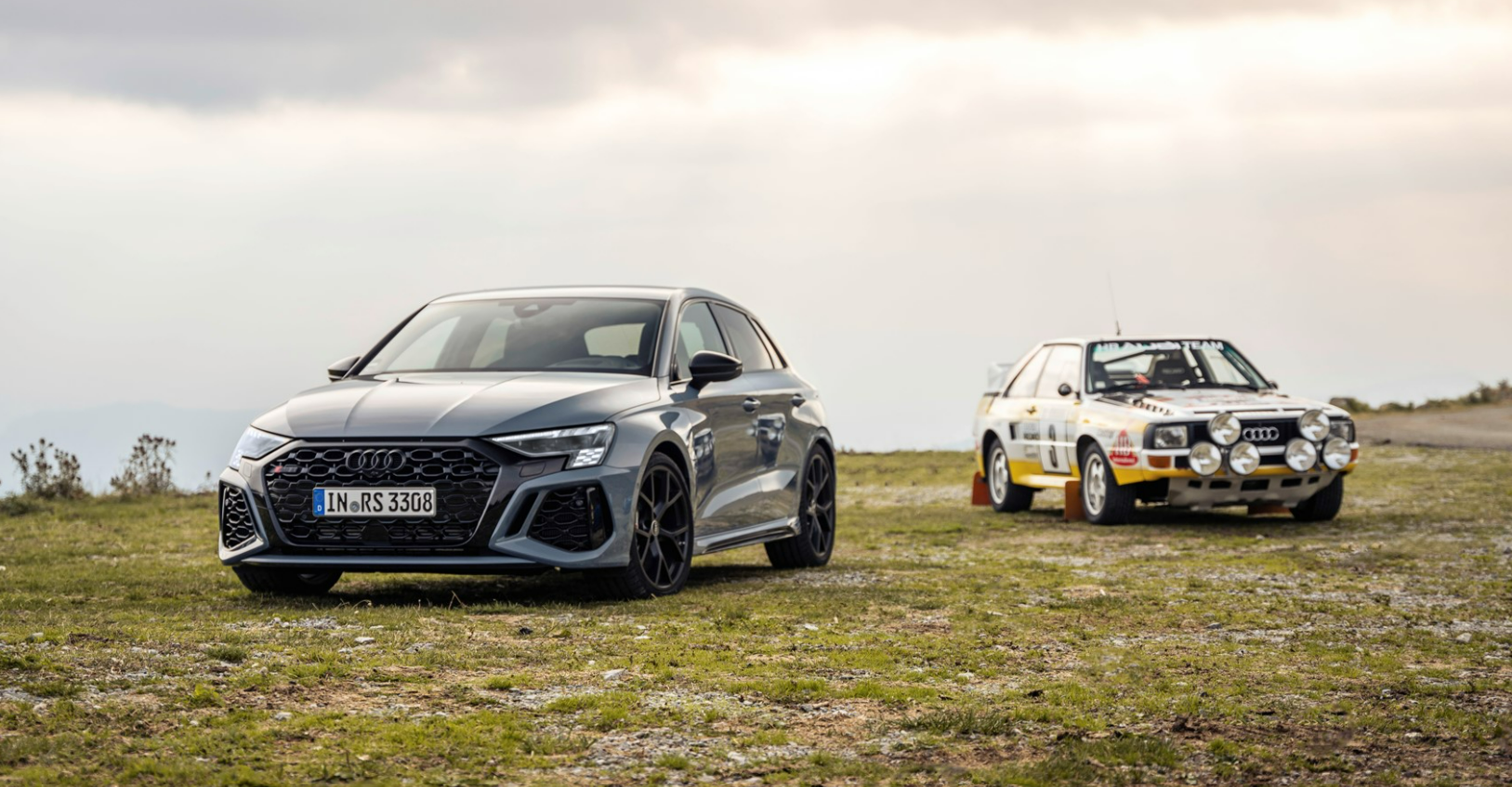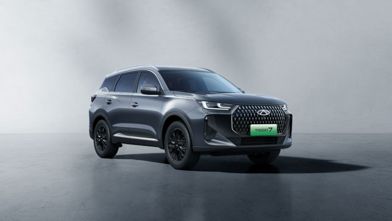The Audi RS 3 Sportback is set to arrive in New Zealand in the first quarter of 2022.
The upcoming RS 3 Sportback features high-performance, turbocharged, five-cylinder engine delivering more torque and greater acceleration, a new RS Torque Splitter and RS 3 driving modes, quattro drive, and an all-new dynamic exterior and interior appearance.

Combining exhilarating performance, athletic exterior design and motorsport-inspired interior, advanced driving technology, premium sporting luxury and more useability than the average sports car, the Audi RS 3 Sportback will land in New Zealand, with prices starting at $112,500.
Equipped with 294kW and five-cylinders, the high-performance engine delivers rapid acceleration. The power unit now delivers 500Nm of torque and responds even faster. Visually, the RS 3 Sportback demonstrates its athletic prowess with a widened body, RS sports exhaust, and cockpit displays similar to those found in race cars.
“The RS 3 Sportback represents the entry point to the RS world and, thanks to its renowned powertrain and new torque splitter, the ultimate in performance in the compact market,” says Dean Sheed, General Manager, Audi New Zealand.
In the latest generation of the compact sports car, the engine is now more powerful than ever before. The new RS 3 Sportback sprints from zero to 100km/h in just 3.8 seconds.
A seven-speed dual-clutch transmission puts the power to the road – with short shifting times and a sportier gear ratio spread. The engine features a unique 1-2-4-5-3 ignition sequence.

The new Audi RS 3 Sportback is the first Audi model that comes standard with a torque splitter. It replaces the rear axle differential and the previous multiple disc clutch package on the rear axle. Instead, an electronically controlled multiple disc clutch is used on each of the drive shafts. This ensures that the right amount of torque is optimally distributed along the rear axle. During more dynamic driving, the torque splitter increases the drive torque to the outer rear wheel with the higher wheel load, which significantly reduces the tendency to understeer.












